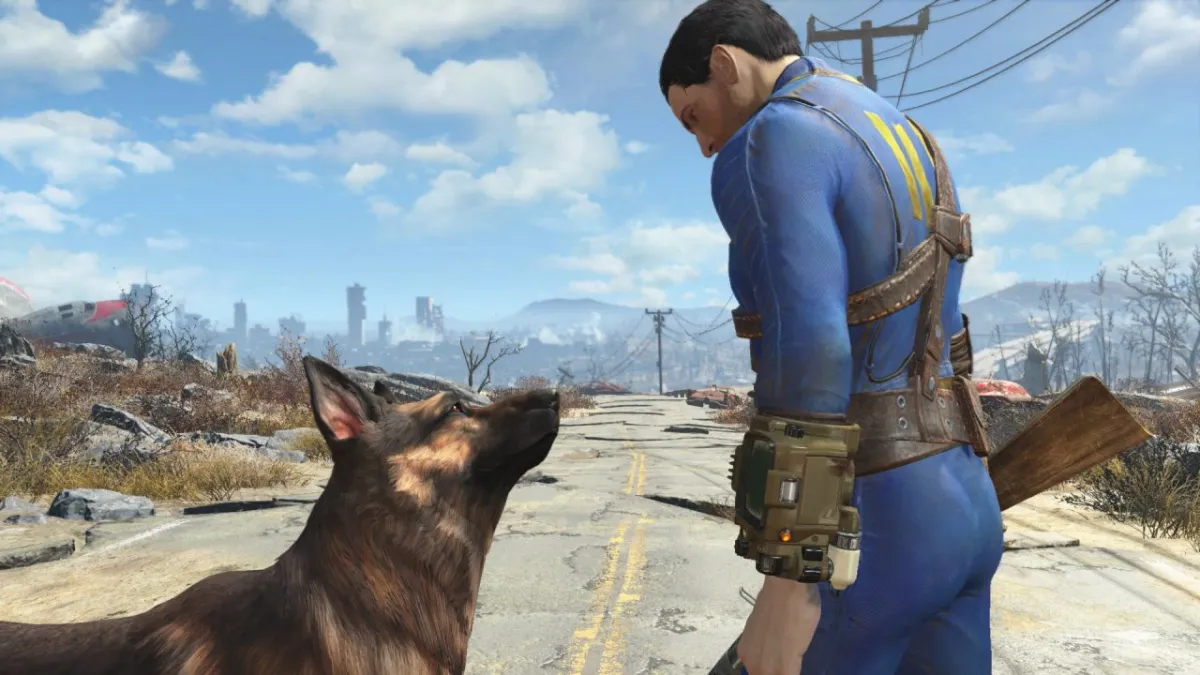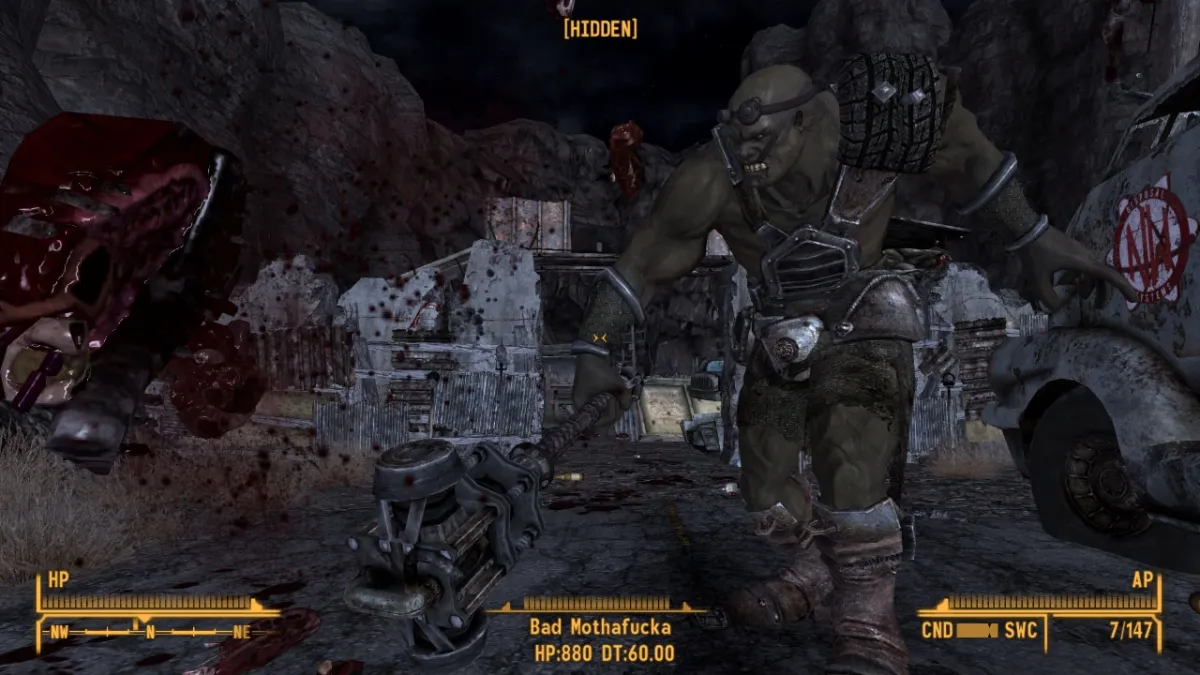In 2013 Richard Garriott returned to the world of RPGs after a jaunt into space and the disaster that was Tabula Rasa. His new project was Shroud of the Avatar and the game launched as a Kickstarter campaign raising a respectable amount of just under 2 million USD. This is not a lot of money considering the project in development was an MMORPG. Fans flocked to back the game regardless, it was Richard Garriott after all and his Ultima series is much loved by RPG fans.
A couple of days ago a Seedinvest page appeared which revealed that Garriott’s studio Portalairium is now looking for additional funding of $2 million USD. What also came to light were some numbers detailing Portalarium’s bank balance.
Since the crowdfunding campaign concluded, Portalarium raised further funds through additional investors and Steam Early Access sales to the tune of $18 million. According to the Seedinvest document, there is around 500,000 left in the bank and Portalrium is currently burning around 230,000 a month to “sustain operations”. These numbers have raised more than a few eyebrows of gamers who backed Shroud of the Avatar. Many are now wanting to know where the money has gone.
In the pitch to potential investors, the company’s background is covered highlighting successes and the size of the current MMO market. There is unsurprisingly no mention of Tabula Rasa.
“Portalarium founders created Ultima Online (considered by some to be the first MMORPG) in 1997 and coined the term MMO that continues to describe the genre. In its first full year of operations (1998), Ultima Online generated $ 17 million in revenues, which represented a majority of the MMO market. The MMO segment has experienced growth since, and commands today close to $20 billion in revenues.
“Although there are now numerous strong players competing for MMO market share today, many would acknowledge that Lord British’s ongoing vision will continue to chart new territories, especially within the hard core segment.”

The Risks and Disclosures section also makes for interesting reading:
“Investment in the Company is highly speculative because it entails significant risk that we may never become commercially viable. We need to complete development of our product, and while the funds raised through this offering will be used to fund the development of our product (i.e., the game Shroud of the Avatar), we will require additional funding after this offering to complete the development and then launch our product. Once developed, we will need to transition from a company focused on development to a company that is also capable of successfully marketing, launching and operating the product. We may not be successful in such a transition. As an independent developer, we may encounter unforeseen expenses, difficulties, complications, delays and other known and unknown factors.”
While Portalarium is wise not to make any promises, any investment would be risky at this stage based on money already spent and the current state of the MMO market. The MMO market is constantly in flux and numerous MMO games have shut down over the past few years as gamers flit between titles looking for something new. Then there’s the 18 million already spent on Shroud of the Avatar which by all accounts needs more time in development, a fact that also crops up in the Seedinvest document.
Backers and followers of the game are hearing the alarm bells ring with some thinking that this could be the end of the line for Shroud of the Avatar. Garriott is less concerned about the money. Speaking with Kotaku he states that there has always the same amount of money coming in each month as there is expenditure. He says, “We earn about the same amount as we spend every month and that has been true for the majority of the existence of this company.” He also mentions that the additional funding is to help market the game and carry out other publishing duties.
Backers have been criticising the Seedinvest page which describes features that are not actually in the game as yet such as trade routes and the conquering of towns.
Shroud of the Avatar is not the only game that’s being criticised for its funding practices and expenditure. There are similarities with Star Citizen such as the crowd funding methods and the continual generation of revenue from other activities such as merchandise sales, and in Shroud of the Avatar‘s case, periodic “telethons”. However, unlike Star Citizen, backers have now had the chance to see what’s going on financially.
Both Shroud of the Avatar and Star Citizen have raised huge amounts of money from the general public and have been in development for a number of years. If there’s a lesson to be learned from both these projects it’s that sometimes more money doesn’t mean the final game will arrive quicker or include all the features that attracted backers in the first place.
Despite all the concerns, Garriott has said that Shroud of the Avatar will make it out later this year, but in what state remains to be seen.



